Virginia’s abandoned plantations draw curious visitors from all over, but many don’t realize these historic sites come with serious legal boundaries. What seems like harmless exploring can quickly turn into trespassing, vandalism, or worse.
Understanding the laws around these properties helps keep you safe and out of trouble while respecting the history these places hold. Many of these estates are privately owned or protected by preservation groups, meaning entry without permission is strictly prohibited.
Even taking photos or stepping onto the grounds can be considered a violation if you’re not on designated public land.
1. Trespassing on Posted Private Property
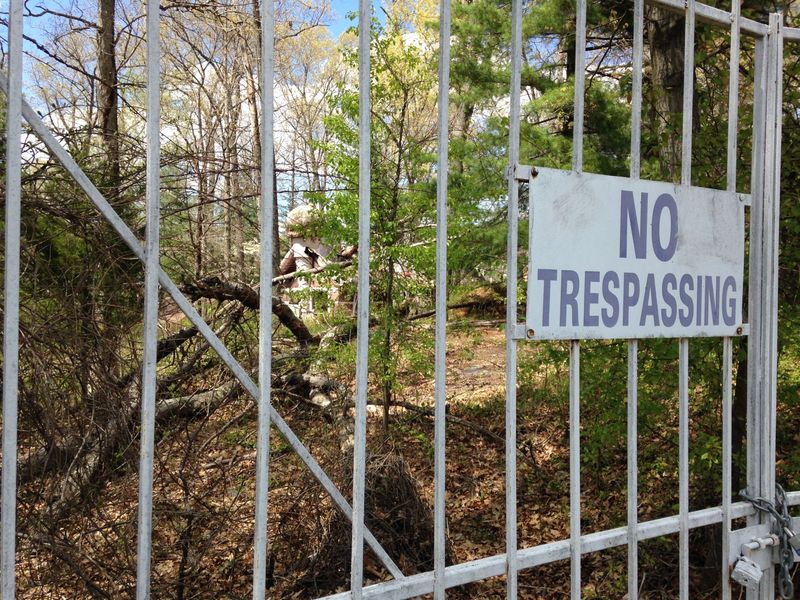
Ignoring No Trespassing signs is one of the most common mistakes visitors make at abandoned plantations. Many tourists assume that because a building looks empty, it’s fair game to explore. Virginia law treats this as criminal trespass, which can result in fines up to $2,500 and even jail time for repeat offenders.
Property owners maintain legal rights to their land regardless of how neglected it appears. Posted signs serve as clear warnings that entry is prohibited without permission. Even if you don’t see signs at every entrance, one posted notice is enough to make the entire property off limits.
The temptation to peek inside historic structures is strong, but respecting boundaries protects both you and the property. Local authorities regularly patrol known abandoned sites and issue citations to trespassers.
Before visiting any plantation site, research whether it’s open to the public or contact the property owner for permission to visit legally and safely.
2. Breaking and Entering Locked Buildings
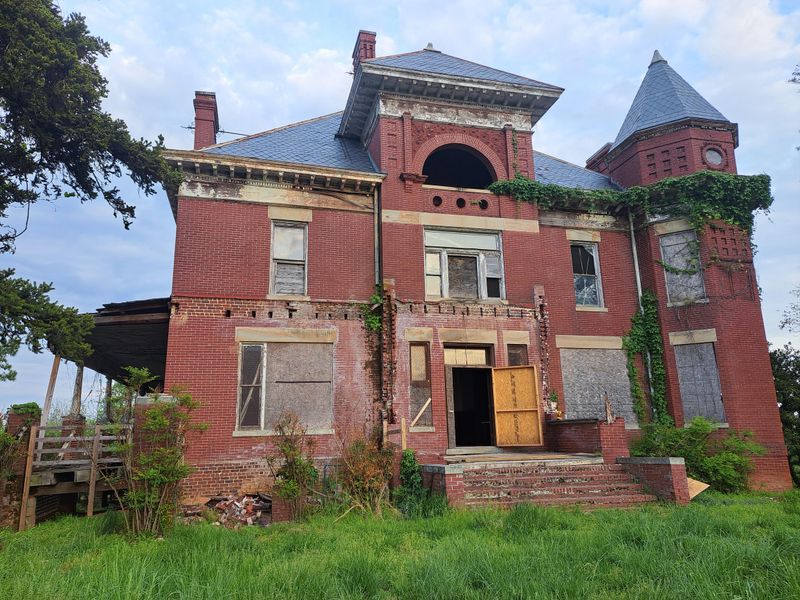
Forcing your way through locked doors or boarded windows crosses from trespassing into breaking and entering territory. Some adventurous tourists bring tools to pry open entrances, not realizing this elevates their offense to a Class 6 felony in Virginia. The law doesn’t care if you intended to steal anything or cause damage.
Abandoned doesn’t mean available. Owners secure buildings to prevent injuries, preserve historical integrity, and protect against vandalism. When you break a lock or remove boarding, you’re destroying property and creating liability issues for owners.
Police take these violations seriously because they often lead to injuries when floors collapse or ceilings cave in. Emergency responders risk their lives rescuing urban explorers from dangerous situations. Court cases show judges rarely sympathize with tourists who claim they were just curious about history.
If a building is locked, that’s your clear signal to stay out. Legitimate historic sites offer guided tours where you can safely experience plantation history without risking arrest or injury.
3. Removing Artifacts and Historical Items
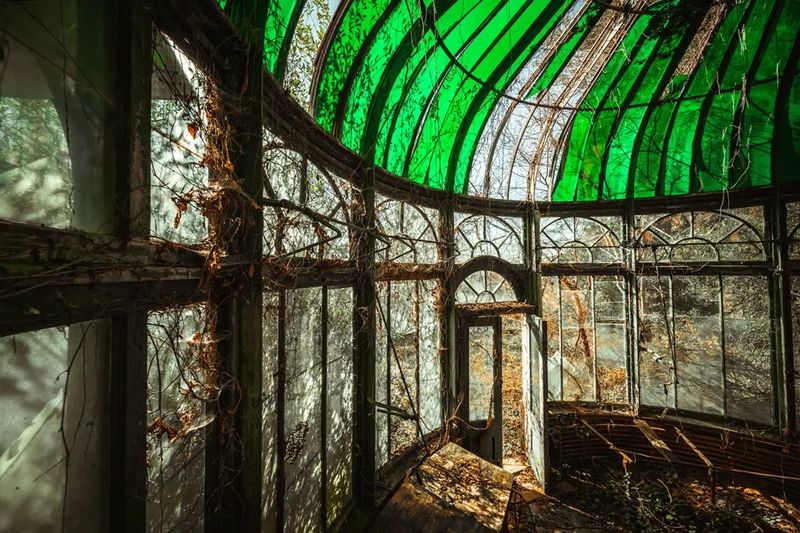
Taking souvenirs from abandoned plantations might seem harmless, but it’s actually theft under Virginia law. Tourists often pocket old bottles, bricks, tools, or even pieces of wallpaper, thinking no one will miss these items. Every object removed diminishes the historical record and can carry penalties including fines and criminal charges.
Archaeological laws protect plantation sites as important cultural resources. Items that seem like junk to casual visitors may hold significant historical value to researchers and preservationists. Even fragments help historians piece together stories about the people who lived and worked on these properties.
Some visitors justify taking items by claiming the property is abandoned and decaying anyway. Courts don’t accept this reasoning. Ownership doesn’t disappear just because maintenance does, and removing items without permission constitutes larceny regardless of the object’s apparent condition or value.
Photography offers a better way to capture memories without breaking laws. Leave everything exactly as you found it so future visitors and researchers can experience the site’s authentic historical atmosphere.
4. Vandalizing Structures with Graffiti
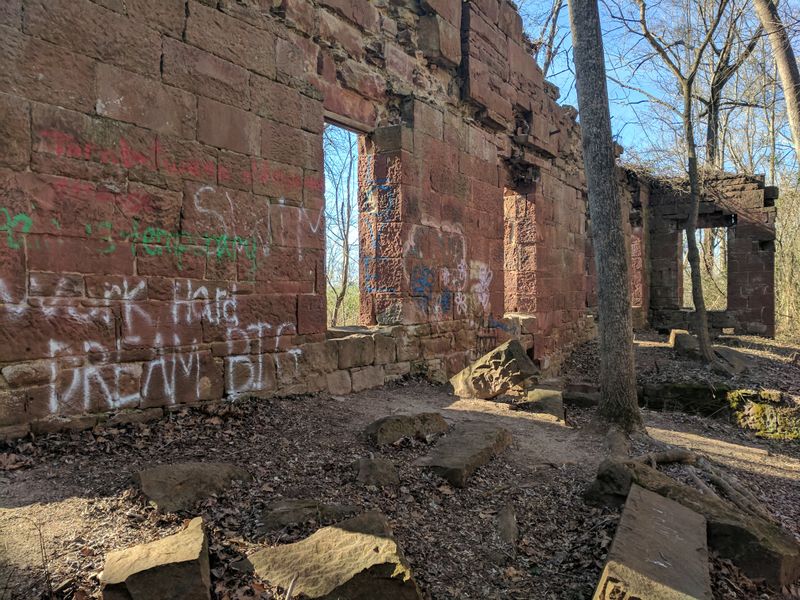
Spray painting names, dates, or artwork on plantation walls has become an unfortunate trend among some visitors. What teenagers might see as leaving their mark, Virginia law classifies as vandalism and destruction of property. Penalties range from misdemeanor charges to felonies depending on the damage amount, with restoration costs often exceeding thousands of dollars.
Graffiti permanently damages historical surfaces that can never be fully restored. Original plaster, wood, and brick from the 1700s and 1800s carry irreplaceable patinas and textures. Even professional conservators struggle to remove spray paint without harming underlying materials.
Beyond legal consequences, graffiti disrespects the complex history these sites represent. Plantations tell stories of both enslavers and enslaved people, and defacing these spaces dishonors everyone connected to that history. Preservation groups work tirelessly to maintain these educational resources for future generations.
Social media posts featuring graffiti at plantation sites often lead to arrests. Law enforcement uses these photos as evidence to identify and prosecute vandals. Express yourself through photography instead of paint to keep these historic places intact.
5. Starting Fires for Light or Warmth
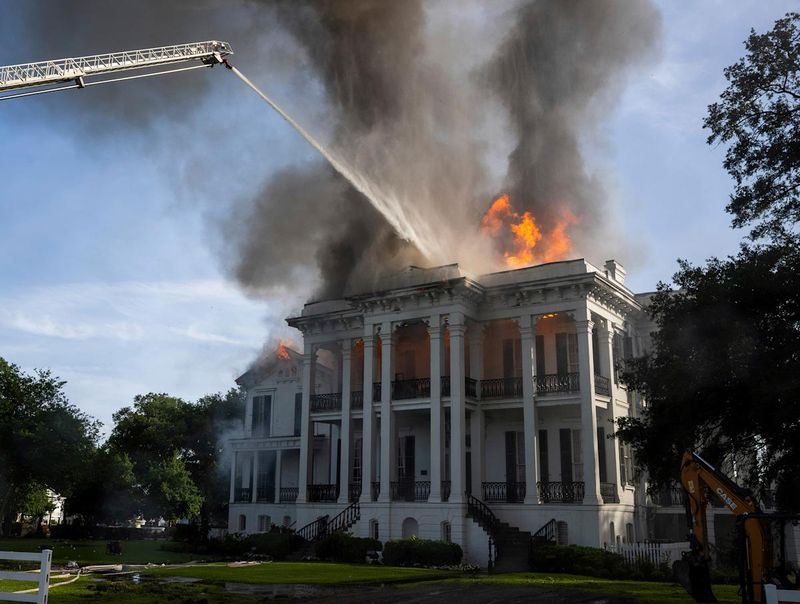
Urban explorers sometimes light fires inside abandoned plantation buildings to see better or stay warm during evening visits. This incredibly dangerous practice violates multiple laws including arson statutes, even when fires are small and contained. Virginia takes fire-related offenses extremely seriously, with convictions carrying mandatory prison sentences.
Dry wood, old paper, and accumulated debris in abandoned structures create perfect conditions for uncontrolled blazes. What starts as a small campfire can engulf an entire historic building within minutes. Firefighters responding to these incidents face extreme dangers, and surrounding forests or neighborhoods may also catch fire.
Several Virginia plantation sites have been completely destroyed by fires started by trespassers. Once burned, these irreplaceable historical resources are lost forever. Insurance rarely covers abandoned properties, leaving owners with total losses and communities without important cultural landmarks.
Bring flashlights instead of matches when exploring any location. Modern LED lights provide excellent visibility without any fire risk. Better yet, visit during daylight hours or join organized tours that provide safe, legal access to plantation histories.
6. Trespassing After Dark
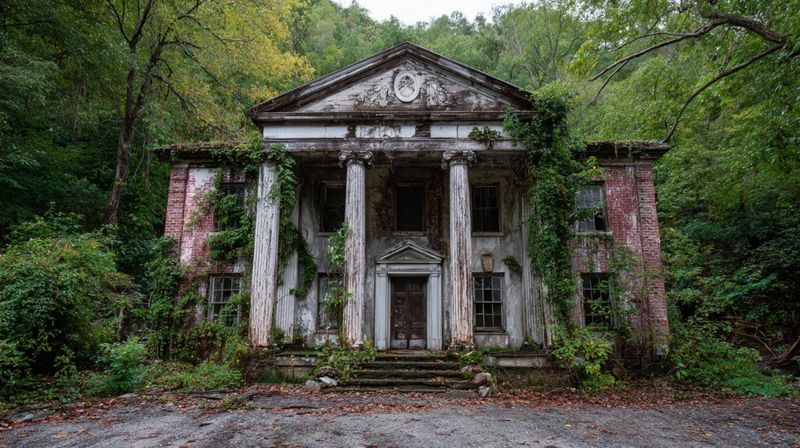
Nighttime visits to abandoned plantations might seem more adventurous, but they carry enhanced legal penalties in Virginia. Courts view after-dark trespassing as more suspicious and potentially dangerous, often adding charges or increasing sentences. Many localities have specific ordinances prohibiting entry to abandoned properties between sunset and sunrise.
Darkness creates safety hazards that daylight visitors might avoid. Rotted floorboards, open wells, unstable staircases, and wildlife become nearly impossible to spot with limited visibility. Emergency responders struggle to locate and rescue injured trespassers in dark, unfamiliar locations.
Property owners and neighbors report suspicious nighttime activity more frequently than daytime visits. Police respond to these calls with heightened caution, sometimes treating trespassers as potential burglars or vandals. This misunderstanding can lead to frightening encounters and more serious charges.
Ghost hunters and paranormal enthusiasts particularly favor nighttime plantation visits, but legitimate historic sites offer special evening tours for this interest. These legal alternatives provide the atmospheric experience without the legal risks, safety dangers, or stress of potentially encountering law enforcement in abandoned locations.
7. Bringing Minors to Dangerous Sites
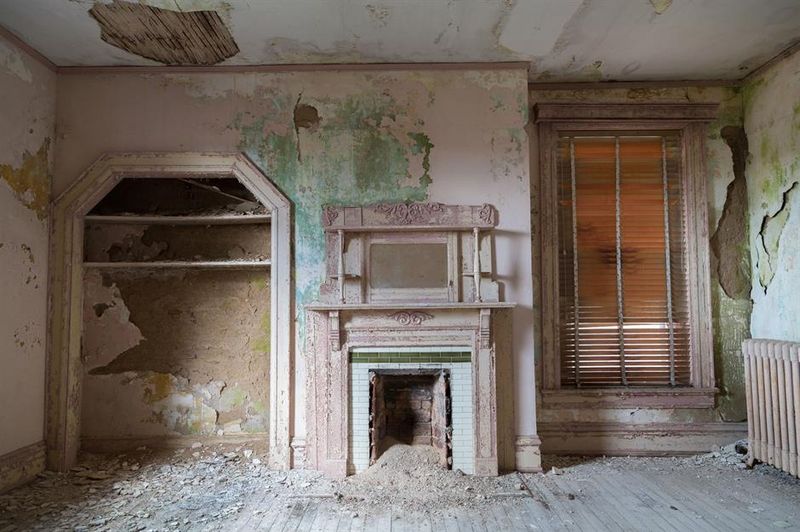
Parents and guardians who bring children to explore abandoned plantations face additional legal consequences beyond standard trespassing charges. Virginia law includes child endangerment statutes that apply when adults expose minors to hazardous environments.
These charges can involve Child Protective Services investigations and potential custody concerns.
Abandoned buildings contain countless dangers especially threatening to children. Asbestos insulation, lead paint, collapsing floors, rusty nails, and toxic mold pose serious health risks. Kids naturally explore without fully understanding dangers, making injuries more likely in unstable structures.
Social media shows families treating abandoned plantations like adventure playgrounds, not realizing the legal liability this creates. If a child gets injured on someone else’s property, even abandoned property, parents may face both criminal charges and civil lawsuits.
Medical bills from plantation-related injuries can reach tens of thousands of dollars.
Virginia offers numerous family-friendly plantation tours at maintained historic sites. Places like Monticello, Mount Vernon, and Shirley Plantation provide educational experiences without safety risks. These alternatives teach children about history responsibly while keeping everyone on the right side of the law.
8. Flying Drones Without Permission
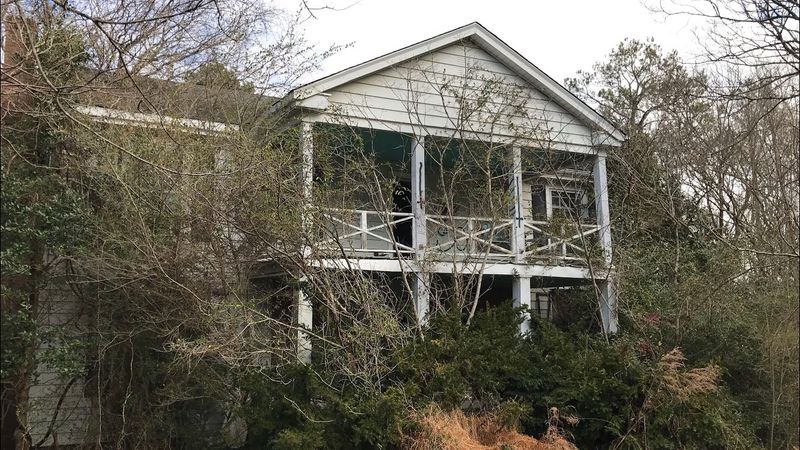
Drone photography has exploded in popularity, with tourists capturing stunning aerial footage of abandoned plantations. However, flying drones over private property without owner consent violates Virginia privacy laws and FAA regulations. Property owners can sue for invasion of privacy and trespassing, even when operators stand on public land.
Many abandoned plantation sites sit on large private estates where owners value their privacy. Drones hovering overhead create noise disturbances and surveillance concerns. Some properties border residential areas where neighbors rightfully object to uninvited aerial observation.
Federal aviation rules require drone operators to maintain visual line of sight and avoid flying over people or private property without permission. Violating these regulations can result in FAA fines up to $1,100 per violation. Local law enforcement also issues citations under state and county ordinances.
Responsible drone operators always research property boundaries and contact owners before flying. Many historic sites explicitly prohibit drones to protect visitor experiences and preserve peaceful atmospheres.
Ground-level photography still captures beautiful images without legal complications. Respect airspace the same way you respect physical boundaries to stay out of trouble.
9. Disturbing Archaeological Sites
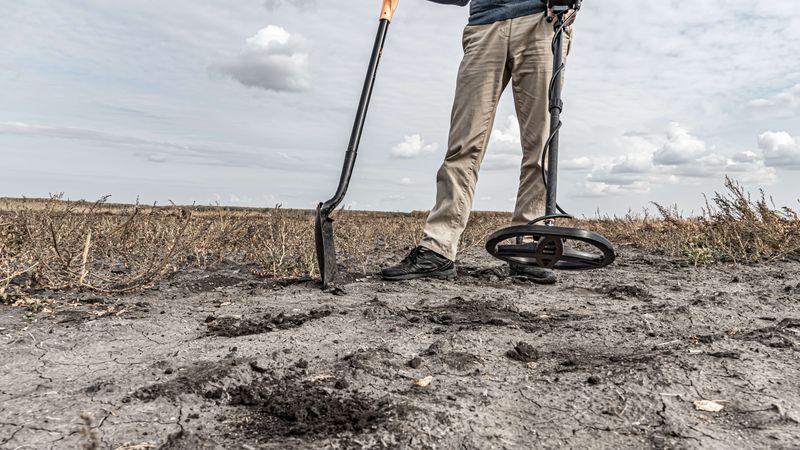
Metal detecting and digging around abandoned plantation grounds might seem like innocent treasure hunting, but it violates archaeological protection laws. Virginia strictly regulates disturbance of historical sites, with violations carrying both criminal penalties and civil liability.
Even surface collecting without excavation can break laws designed to preserve cultural resources.
Plantations contain layers of archaeological evidence spanning centuries. Slave quarters, work areas, burial grounds, and artifact deposits tell crucial stories about people whose lives were rarely documented. Amateur digging destroys context that professional archaeologists need to interpret findings accurately.
Some tourists dig hoping to find valuable antiques or Civil War relics. This activity constitutes theft of historical resources and destruction of protected sites. Landowners can pursue substantial damages, and repeat offenders face felony charges under Virginia’s antiquities laws.
Unmarked graves present particularly sensitive concerns. Many plantation properties include burial sites for enslaved people that aren’t clearly marked or mapped. Disturbing these areas shows profound disrespect and may violate laws protecting cemeteries and human remains.
Appreciate plantation landscapes visually without disturbing soil or vegetation. Support professional archaeological projects that properly document and preserve these important historical sites.
10. Ignoring Hazardous Material Warnings

Many abandoned plantations contain hazardous materials like asbestos, lead paint, and toxic mold that pose serious health risks. Warning signs posted by environmental agencies aren’t suggestions but legal notices that entry exposes you to dangerous substances. Ignoring these warnings can result in trespassing charges plus liability for your own medical expenses.
Old buildings deteriorate in ways that release harmful particles into the air. Breathing asbestos fibers can cause lung diseases that appear years later. Lead paint chips and dust damage nervous systems, particularly in children. Mold spores trigger respiratory problems and allergic reactions.
Property owners who post hazmat warnings protect themselves from liability lawsuits. By ignoring these notices, trespassers assume all risks for health consequences. Insurance companies won’t cover medical bills resulting from knowing exposure to posted hazards.
Environmental cleanup at abandoned sites often gets delayed by funding issues, leaving dangerous conditions unaddressed for years. What looks like a fascinating historic building may actually be a toxic environment requiring professional remediation.
Protect your health by respecting hazardous material warnings and choosing safer alternatives for experiencing Virginia’s plantation history through properly maintained museums and tour sites.
Dear Reader: This page may contain affiliate links which may earn a commission if you click through and make a purchase. Our independent journalism is not influenced by any advertiser or commercial initiative unless it is clearly marked as sponsored content. As travel products change, please be sure to reconfirm all details and stay up to date with current events to ensure a safe and successful trip.